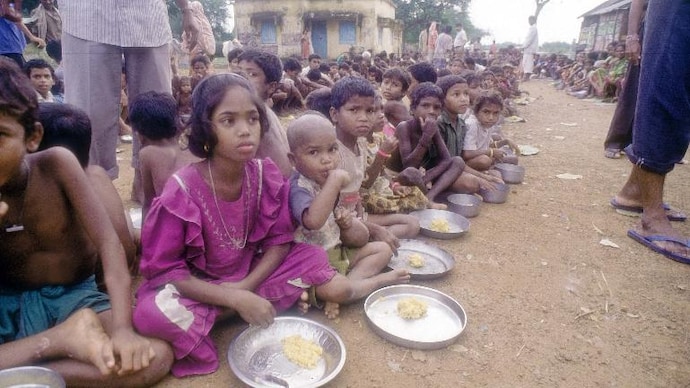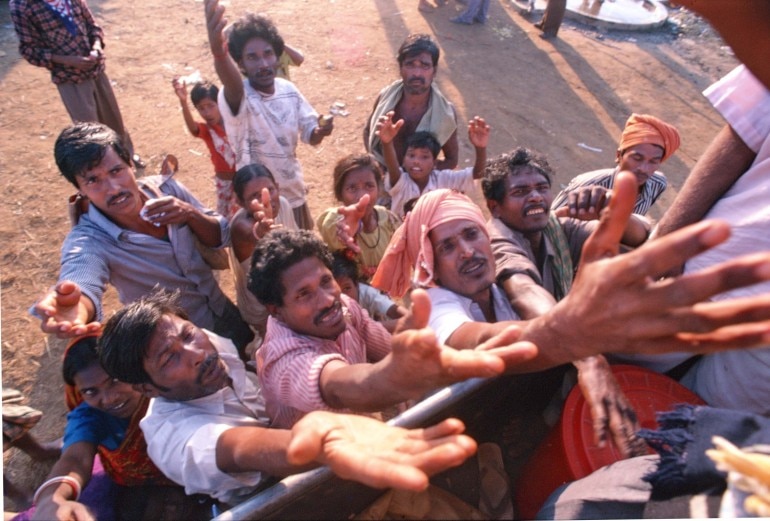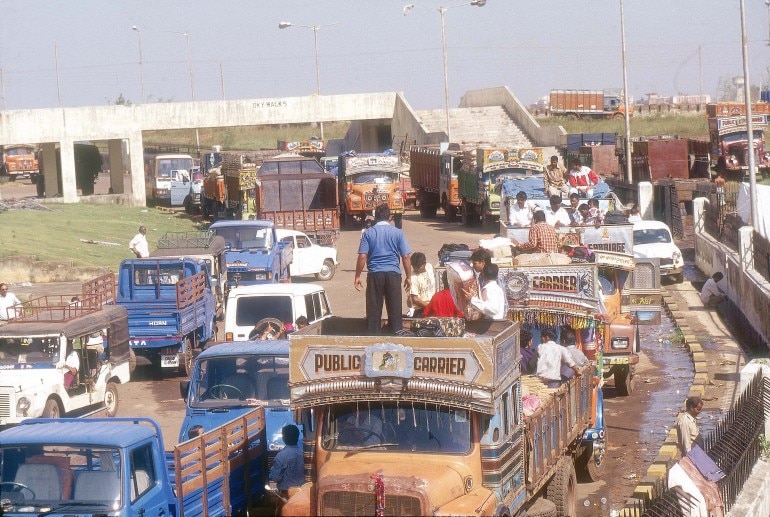20 years before Cyclone Fani, Super Cyclone killed 10,000 in Odisha
As Cyclone Fani hammers Odisha, we take a look at the devastating 1999 Super Cyclone that left Orissa in tatters

It was a day of fatal miscalculations. A day when death and its nauseating stench was everywhere. A day when all hell broke loose and nobody knew what to do. All rested on hope. But that day, even hope died.
On October 29, 1999, a 'super cyclone' slammed into Odisha, then known as Orissa. Everyone knew the cyclone was coming. But, nobody knew how bad it was going to be.
State government officials had underestimated the super cyclone's intensity and had miscalculated its path. There were not enough cyclone shelters to protect Orissa's tens of thousands of people. And, the government machinery was mired in chaos and confusion.
The result? A death toll so high that thousands of bodies had to be "bulldozed into vast, faceless graves", according to an India Today report from 1999.
The 1999 Super Cyclone ranks among the worst natural disasters in India. Nearly 10,000 people died, according to official estimates. More than 3.5 lakh houses were destroyed, several villages were completely washed away, more than two lakh animals were killed and 25 lakh people were marooned.
So bad was the damage to Odisha's infrastructure that the state went out of contact with the rest of the world for an entire day.
WHAT HAPPENED?
Warnings about the cyclone were sounded at least two days before its landfall. Some efforts were made to evacuate people from harm's way.
However, there were two major challenges: The unwillingness among people to part with their life's belongings and the fact that there simply weren't enough cyclone shelters in Odisha then (the state had just 21 shelters, each with a capacity to accommodate 2,000 people).
And so it was that Odisha's people were mostly left to their own as the Super Cyclone drew near.
LANDFALL
The Super Cyclone made landfall in Paradip around noon on October 29, 1999. And, Odisha just fell apart.
The intensity of the catastrophic storm -- the cyclone came with winds of up to 260 kmph -- took everyone by surprise and a hapless government had no choice but to watch as the cyclone ripped Odisha apart.

What made matters worse was a fatal miscalculation made by government officials -- they had assumed that Bhubaneswar and Cuttack would not be hit.
However, the two cities too were severely battered by the Super Cyclone ruining whatever plan the state government had to tackle the storm and its aftermath.
WHEN ODISHA WENT SILENT
Meanwhile, at the chief minister's bungalow, CM Giridhar Gamang was furiously working the phones trying to get any and all aid he could muster.
Time was running out. The unusually long storm (most cyclones vent their fury within eight hours; the 1999 Super Cyclone's effects were felt for an entire day) was snapping power and communications links across Odisha. And, CM Gamang's home was not spared.
At 9 pm only two phones were working at Gamang's home. At 11 pm, only one. By midnight, it too went dead. And, Odisha's only link with the outside world was snapped, forcing the state to go incommunicado for the next two days.
READ INDIA TODAY'S GROUND REPORT ON THE 1999 SUPER CYCLONE
AFTERMATH
The immediate aftermath of the Super Cyclone saw the same chaos seen before the storm hit Odisha. There were riots on the streets as famished people literally fought to get their hands on food.
The problem was exacerbated by the administration inexplicable strategy of dumping relief and aid in areas that were easily accessible even if they were not badly affected.

Help in the form of badly needed funds and relief material finally started coming in, first from the Centre and later from governments across the world.
A LESSON WELL LEARNT
In life, there are sometimes events or episodes that bring about a complete transformation in a person's character. For Odisha, the 1999 Super Cyclone was one such event.
In the years after the devastating cyclone, Odisha began building cyclone shelters on a war footing. In 1999, before the Super Cyclone struck, the Orissa had 21 shelters. Today, before Cyclone Fani struck, the state had readied nearly 900 cyclone shelters.
Odisha also set up the Odisha State Disaster Management Authority, which was the first such disaster management to bet set up in India.

Such has been Odisha's success in managing disasters effectively that the United Nations lauded the state in 2013 for its management of Cyclone Phailin, calling it a "landmark success story".
Odisha has vowed not to let the tragedy of 1999 repeat again. And going by even Cyclone Fani's death toll (under 10 as of writing this), the state looks set not to break that vow.
